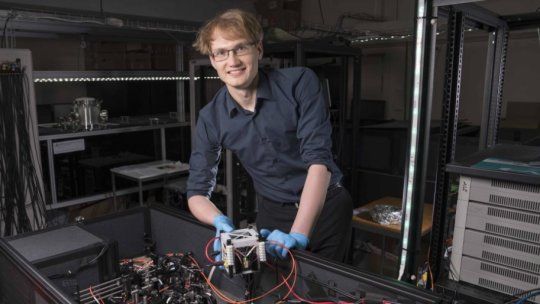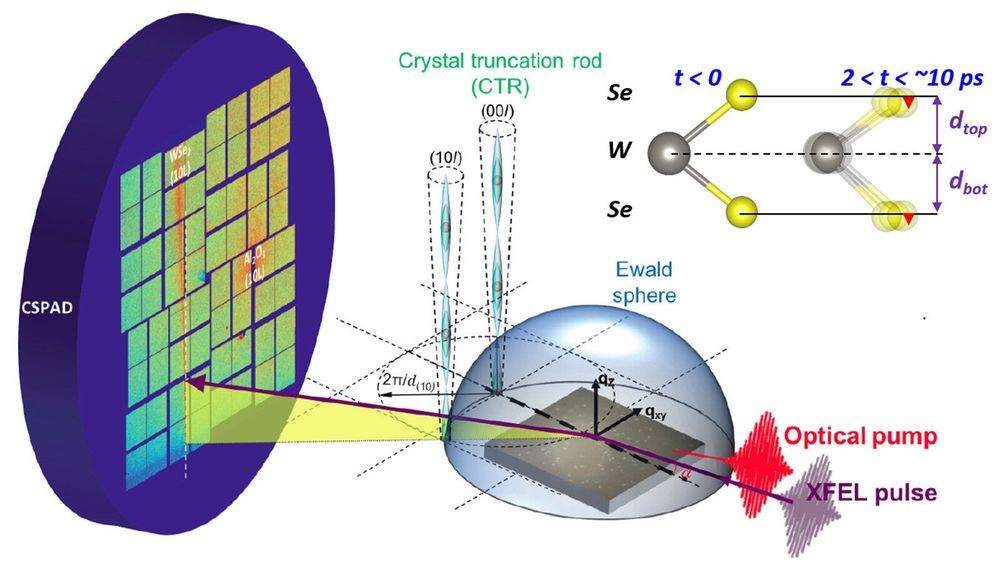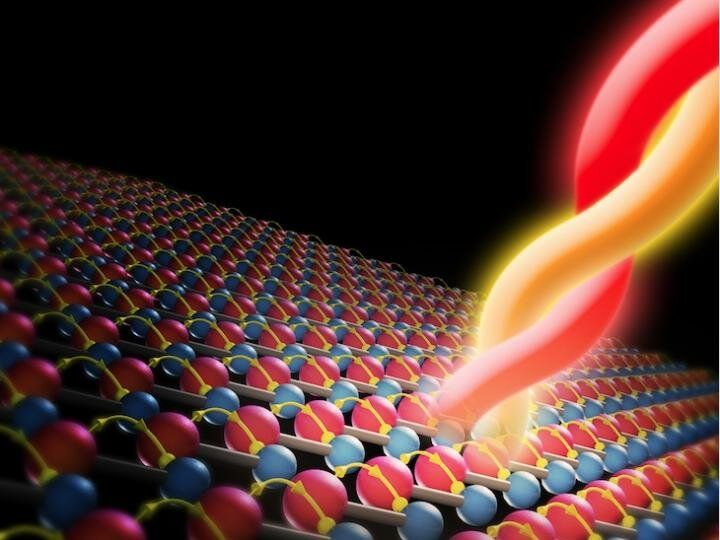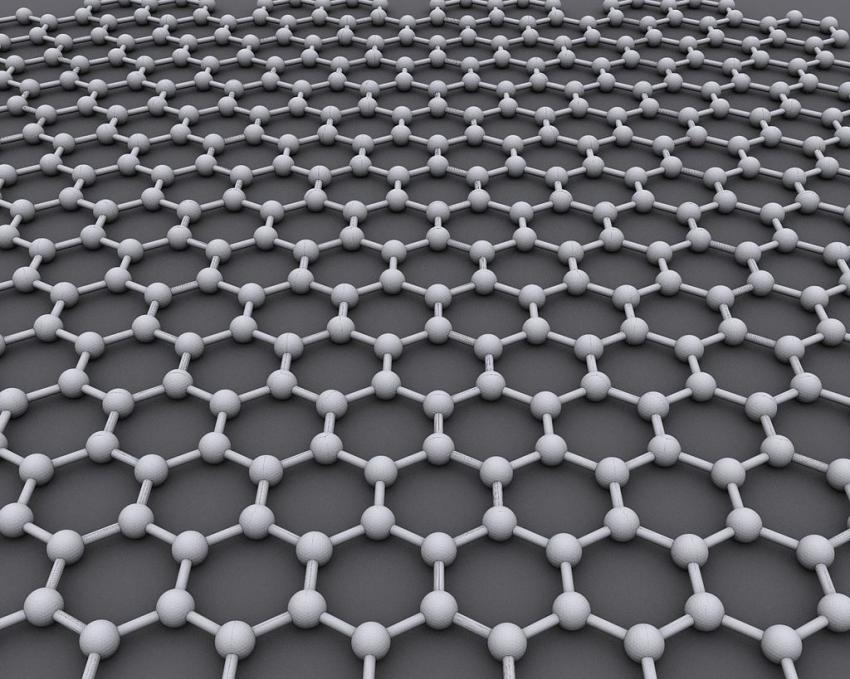Mar 18, 2019
Dead whale found with 88 pounds of plastic in stomach in the Philippines
Posted by Xavier Rosseel in categories: government, materials
Messed up is the right phrasing for it, I figure.
March 18 (UPI) — After a dead whale washed ashore in the Philippines, scientists pulled 88 pounds of plastic debris from the mammal’s intestines. The young Cuvier’s beaked whale died from gastric shock, according to biologists.
The necropsy was conducted by scientists at the D’ Bone Collector Museum. They were assigned by biologists with the Philippines Bureau of Fisheries and Aquatic Resources.
Continue reading “Dead whale found with 88 pounds of plastic in stomach in the Philippines” »
















